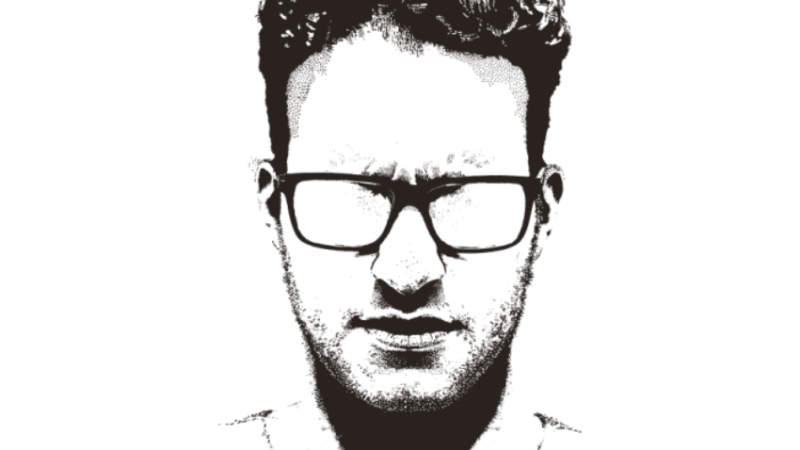Make the Most of Your TAs By Getting Them More Involved

Treat your teaching assistant like a glorified babysitter and that’s all you'll get – but make him a skilled and valued member of staff and children will reap the benefits, says Bruce Wooding…

When I arrived, one of the first things we did was introduce an observation system for our TAs, which involved going into classrooms to see what was really happening and to starting up conversations – about both the good and the bad. The idea of being scrutinised in this way was a big shift for most, and not immediately welcomed by all, but we wanted to bring in something that was in line with the observation system for teachers. We took the first year slowly and ensured it was very non-judgemental; we wanted to learn together and involve everyone in building a system that worked. We looked at examples of successful interventions, kept a close eye on institute-led research and began to invent several models of good practice. By the second year we had a system in place that we knew would produce results. It was at this point some staff decided to leave – in part because they didn’t particularly like being observed – though at least this left us with a team all pulling in the same direction. That’s not to say there wasn’t room for improvement, but the observations gave us a really clear indication of how TAs could be discreetly and sensitively given support.
Seeing the bigger picture
Traditionally, the TAs at Nower Hill hadn’t had much external training, so I really wanted to get them out and about, visiting other schools. In the first year this was really just to let them see the bigger picture and get a sense of our place in the world of education. When they came back in over the summer, they then each gave a presentation to the group on their findings.
The following year we took things a step further and asked TAs to come up with a mini-research question to look at on their visits. Those questions were then linked to their targets from the start of the new school year. We also began to map TAs’ CPD, encouraging them to go on small courses and then bring back what they’d learned to the rest of the team. Each TA was then asked to come up with areas in which they could specialise (although they would, strictly speaking, still remaining generalists). This meant that when it came to organising interventions we were able to say, ‘These are the people who can cover mental health’ and ‘These are our people who are best at literacy’. My advice to schools wanting to implement a system to improve the use of TAs would be not to expect immediate results. Give it a year to develop. That way, you can get people on board be having them create the system alongside you. It’s then much more difficult for them to later say “The system is wrong”, when they’ve been part of creating it.
The consistency of approach that we’ve gained has really benefited progress here at Nower Hill. The TAs are now much more skilled at working with children, which is great for us, them and our students.
Bruce Wooding is assistant head at Nower Hill High School in Harrow and and has previously trained with The Future Leaders Trust (future-leaders.org.uk)
‘Wanted: One caring, flexible, versatile, intelligent, listening, advice-giving, behaviour-managing, morale-boosting, negotiating, consistent, team-playing individual (who can also make a mean cup of tea!)’ This tongue-in-cheek description of the role of a teaching assistant came from Lin Dyer, but it arrived on my desk by way of a quote in one of my own TAs’ Masters papers. It was one of the few bright spots amidst the more typically negative remarks such as ‘Classroom assistants have a modest level of education and general literacy’ (Anon, 2003), and ‘They will have to handle the kids, and no one should have to do that for £8k a year’ (Lee, 2003). One of the reasons I was brought in as assistant head at Nower Hill was to look at and develop the roles of the TAs in the school. There’s been a lot of criticism of TAs and how schools are using them – such as the research that came out last year from the Education Endowment Foundation [PDF] – and if schools are getting it wrong it means countless learning opportunities and a massive sum of money is going to waste.
Building a system
We have a large team of around 28 TAs at the moment, so it was paramount for us to be employing them efficiently and effectively. I’m very lucky that ours are educated to degree level, but if you have someone who isn’t up to standard and isn’t able to educate on a one-to-one or small group basis, then that’s exceptionally damaging to young people.
When I arrived, one of the first things we did was introduce an observation system for our TAs, which involved going into classrooms to see what was really happening and to starting up conversations – about both the good and the bad. The idea of being scrutinised in this way was a big shift for most, and not immediately welcomed by all, but we wanted to bring in something that was in line with the observation system for teachers. We took the first year slowly and ensured it was very non-judgemental; we wanted to learn together and involve everyone in building a system that worked. We looked at examples of successful interventions, kept a close eye on institute-led research and began to invent several models of good practice. By the second year we had a system in place that we knew would produce results. It was at this point some staff decided to leave – in part because they didn’t particularly like being observed – though at least this left us with a team all pulling in the same direction. That’s not to say there wasn’t room for improvement, but the observations gave us a really clear indication of how TAs could be discreetly and sensitively given support.
Seeing the bigger picture
Traditionally, the TAs at Nower Hill hadn’t had much external training, so I really wanted to get them out and about, visiting other schools. In the first year this was really just to let them see the bigger picture and get a sense of our place in the world of education. When they came back in over the summer, they then each gave a presentation to the group on their findings.
The following year we took things a step further and asked TAs to come up with a mini-research question to look at on their visits. Those questions were then linked to their targets from the start of the new school year. We also began to map TAs’ CPD, encouraging them to go on small courses and then bring back what they’d learned to the rest of the team. Each TA was then asked to come up with areas in which they could specialise (although they would, strictly speaking, still remaining generalists). This meant that when it came to organising interventions we were able to say, ‘These are the people who can cover mental health’ and ‘These are our people who are best at literacy’. My advice to schools wanting to implement a system to improve the use of TAs would be not to expect immediate results. Give it a year to develop. That way, you can get people on board be having them create the system alongside you. It’s then much more difficult for them to later say “The system is wrong”, when they’ve been part of creating it.
The consistency of approach that we’ve gained has really benefited progress here at Nower Hill. The TAs are now much more skilled at working with children, which is great for us, them and our students.
Bruce Wooding is assistant head at Nower Hill High School in Harrow and and has previously trained with The Future Leaders Trust (future-leaders.org.uk)











